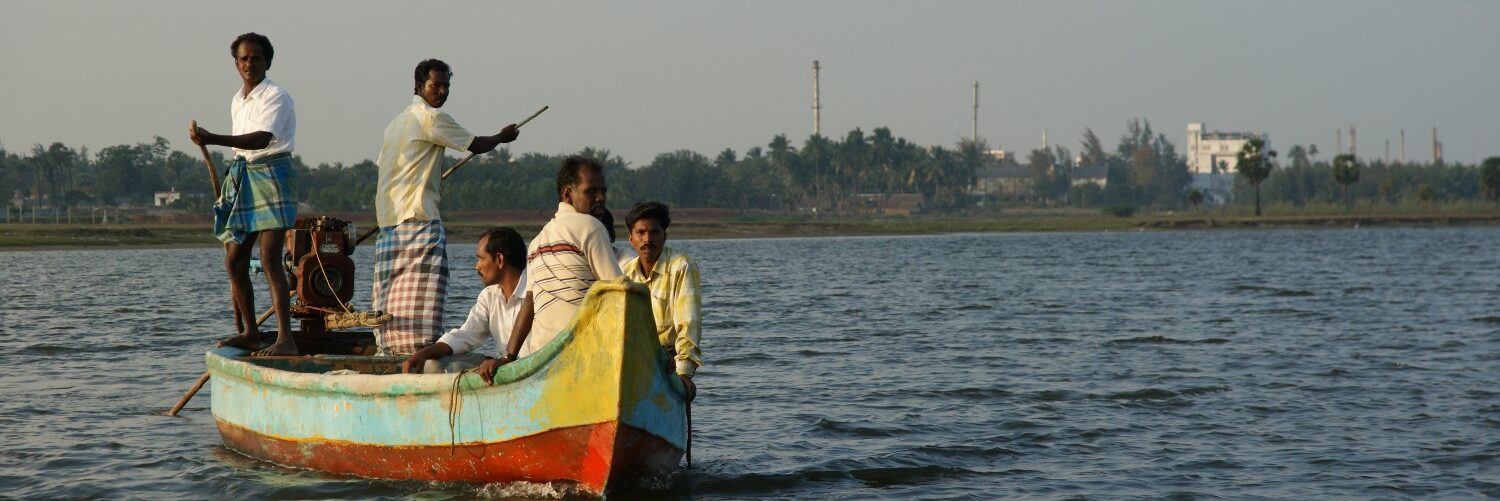Wednesday, April 11 2007
NEW INDIAN EXPRESS
The wee hours of December 3, 1984, in Bhopal went into Indian history as one of biggest catastrophes the country has ever seen. The day was when 40 tonnes of methyl isocyanate took away the lives of 20,000 people, and its aftermath still continues.
In an attempt to highlight some environmentally hazardous zones of South India, Alliance Francaise of Madras has hosted a photo exhibition titled ‘1000 Bhopals’. The exhibition is worth a visit as it houses photos of a similar, albeit gradual, scenario in southern India, apart from a few frames from the fatal 1984 December night itself.
Shots of toxic waste released into the open and evidences of health hazards in both humans and animals in places like Mettur, Cuddalore, Ennore, Manali, Tuticorin, Alathur and Kodaikanal constitute ‘1000 Bhopals’.
Shocking shots of victims, including infants, affected by endosulfan from the Eloor unit in Kerala are images that greet you at the exhibition, which was inaugurated on Monday.
Images of daily lives at SIPCOT chemical industrial estate in Cuddalore and the dumping of toxic red mud on the banks of river Cauvery, besides the sad state of the Nandesari Industrial Estate in Vadodara, Gujarat, are some of the highlights of the exhibition.
‘1000 Bhopals’ also slams through photographs Chennai’s largest dumping yard, Kodungaiyur in north Chennai. Three clicks from the site, including the one with two boys fishing for plastic products in stagnated waters, leave you stunned.
The photo exhibition is on till April 27.
